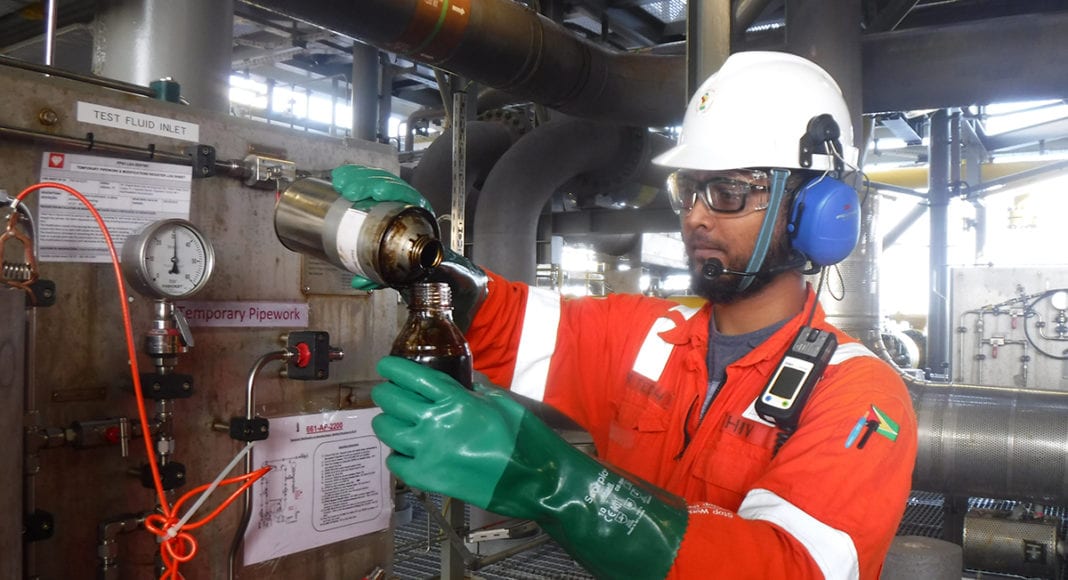Felipe Perez, Head of Latin America Fuels and Refining at S&P Global, has pointed out that the coming online of the Dangote refinery in Nigeria, could create a “big hole” in the market for Guyana’s growing crude output to fill.
Perez pointed out that Dangote will predominantly consume Nigerian light crude. “We’re talking about 600,000 barrels a day, so a significant chunk of that light crude. For Guyana, it’s somewhat good news, right?”

Guyana, producing about 550,000 barrels per day, including the recent addition from the Payara project, may find this gap advantageous.
However, the situation is nuanced. Perez cautioned about the changing demand dynamics in Europe and North America, influenced by the pace of the energy transition.
Currently, Europe is a primary destination for Guyana crude, largely due to the continent’s need to replace Russian oil amidst sanctions. The Dangote Refinery’s operations might offer short-term opportunities, but long-term prospects in these regions appear less promising, Perez believes.
Heavier Payara crude may be pricier than Liza’s due to Europe’s preference – S&P | OilNOW
Similarly, the Olmeca Refinery in Mexico, also known as the Dos Bocas Refinery, is expected to start operations by the end of 2024, S&P analysts estimate. Owned by the state oil company Pemex, this refinery will have an installed capacity of 340,000 barrels per day, primarily processing heavy crude. Its launch will also impact the crude oil market balance and could influence the types of crude oil and refined products in demand.
Perez emphasized that Guyana’s Liza crude is well-regarded by refiners, suggesting positive prospects for the country’s crude streams. However, he underscored the importance of pricing strategies and market alignment for Guyana in response to these global market shifts.



